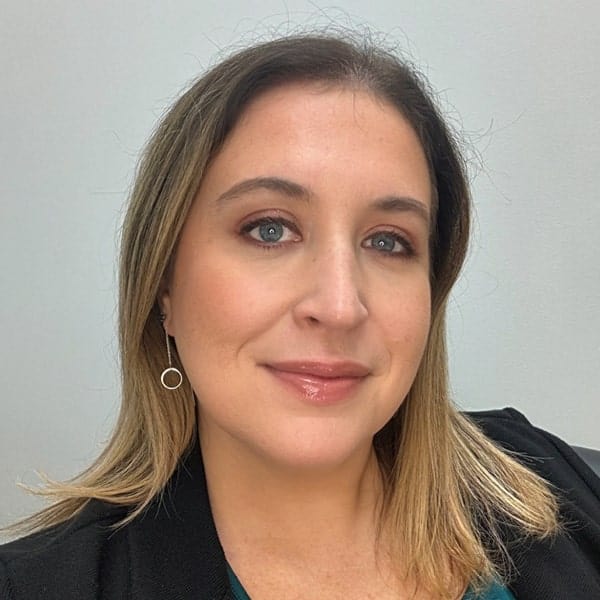By Patricia Gaffney
This article is a part of the January/February 2025, Volume 37, Number 1, Audiology Today issue.

President | American Academy of Audiology
In May 2024, I completed my Master of Public Health (MPH) degree. Through my time in the program, I learned and enjoyed many aspects of public health. It was a great exercise viewing health issues as a clinical provider and from the lens of public health. As a clinician, I focus on addressing the needs of individual patients. Public health, by contrast, emphasizes improving health outcomes at the population level, whether at the community, state, or national scale. This dual perspective has enriched my understanding of disease prevention, a cornerstone of audiology practice and advocacy.
Disease prevention is typically categorized into three levels: primary, secondary, and tertiary. Audiologists and the American Academy of Audiology play essential roles across all these levels.
Primary prevention aims to prevent disease or impairment before it occurs. As a clinician, this involves educating patients about protective measures—such as wearing earplugs and avoiding noisy environments—to prevent noise-induced hearing loss. From a public health perspective, primary prevention expands to include broader initiatives such as educational campaigns. An example is “It’s a Noisy Planet. Protect Their Hearing,” a program from the National Institute on Deafness and Other Communication Disorders (NIDCD) that raises awareness about noise prevention at a community level.
Secondary prevention focuses on reducing the impact of a disease that has already occurred through early detection and intervention. Clinically, this may involve conducting hearing screenings and encouraging individuals with risk factors, such as exposure to ototoxic medications, to undergo regular evaluations. From a public health standpoint, programs like universal newborn hearing screenings exemplify effective secondary prevention strategies. These programs ensure early identification and intervention for congenital hearing loss, significantly improving outcomes.
Tertiary prevention aims to minimize the effects of established diseases or permanent impairments by improving quality of life, preventing complications, and optimizing functioning. Much of the work audiologists perform falls within this level. Clinically, we evaluate, manage, and treat conditions such as hearing loss, tinnitus, and vestibular disorders. Public health approaches to tertiary prevention include developing guidelines for assessment and treatment, creating resources to raise public awareness about audiological issues, and advocating for laws that mandate school and workplace accommodations for individuals with hearing loss.
Although audiologists contribute to all levels of prevention, reimbursement mechanisms often fail to adequately support these efforts, particularly for primary prevention. In the United States, audiologists are rarely reimbursed—if at all—for primary prevention services. This is unfortunate, as primary prevention addresses issues before they manifest, arguably making it the most impactful level of prevention. Reimbursement models improve as we move from secondary to tertiary prevention, but this disparity highlights a need for change. Future health-care models should prioritize and incentivize primary prevention to reduce the burden of audiological impairments.
The Academy supports prevention strategies at all levels, empowering audiologists with resources and advocacy to advance these efforts. The Academy supports education through annual conferences, online learning opportunities, and the Journal of the American Academy of Audiology. It also develops guidelines for screening, evaluation, management, and treatment, supporting practitioners across all levels of prevention. Collaboration with agencies such as the NIDCD further supports prevention initiatives.
Advocacy remains a critical component of the Academy’s public health mission. Efforts such as engagement with the Relative Value Scale Update Committee (RUC) and Current Procedural Terminology (CPT) panels are essential for modernizing code sets and ensuring fair reimbursement. Legislative
advocacy also supports broader public health measures, including telehealth expansion and student loan forgiveness for practitioners in rural areas, which improve access to care. Additionally, advocacy for Medicare reforms and direct access to audiologists addresses barriers to timely and effective care.
By continuing to promote prevention strategies, audiologists and the Academy can enhance both individual patient outcomes and broader public health goals.


